Gupta sculptures mirror the artistic talent that was predominant in the Gupta Dynasty. The Gupta Empire in India developed its own idiom for constructing sculptures and monuments.
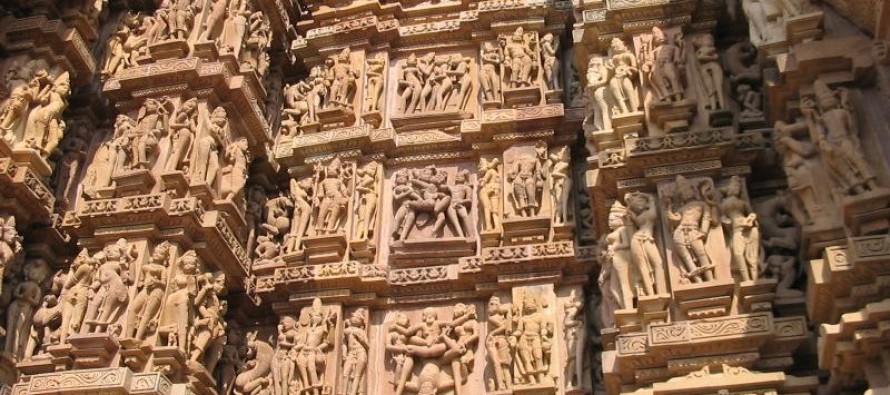
 The Elephanta Cave temples and the structural temples at Kanchipuram in the state of TamilNadu are the enduring legacy of Gupta rulers.
The Elephanta Cave temples and the structural temples at Kanchipuram in the state of TamilNadu are the enduring legacy of Gupta rulers.
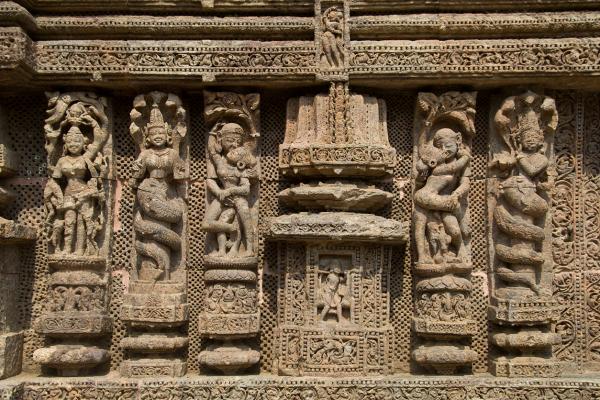 Features of Gupta sculptures :
Features of Gupta sculptures :
Some 'Nagarajas' and 'Naginis' from the apex of a disappeared pillar in Firozpur, a few miles away, have visibly extended serpent hoods; they and another pair in the Sand Museum are very much built in the Udaigiri style. Other than these, the terracotta in Gupta Era is also worth mentioning.
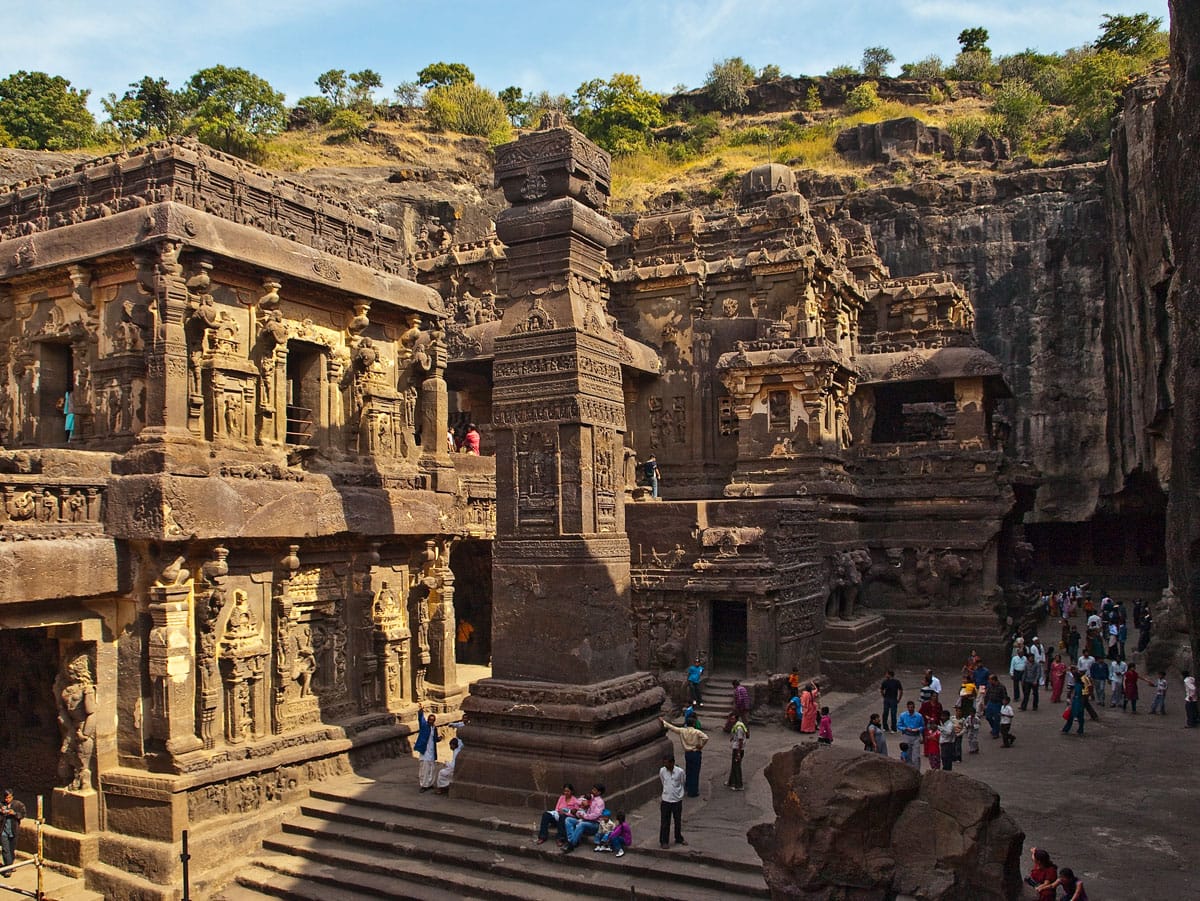
Sculpture of rock-cut temples belonging to the post-Gupta period is of equal importance. The art and architecture of the Gupta Empire also included the Secular Architecture during Gupta Period, Buddhist Structural buildings of Gupta Era and also the Brahmanical Architecture of Gupta Era.
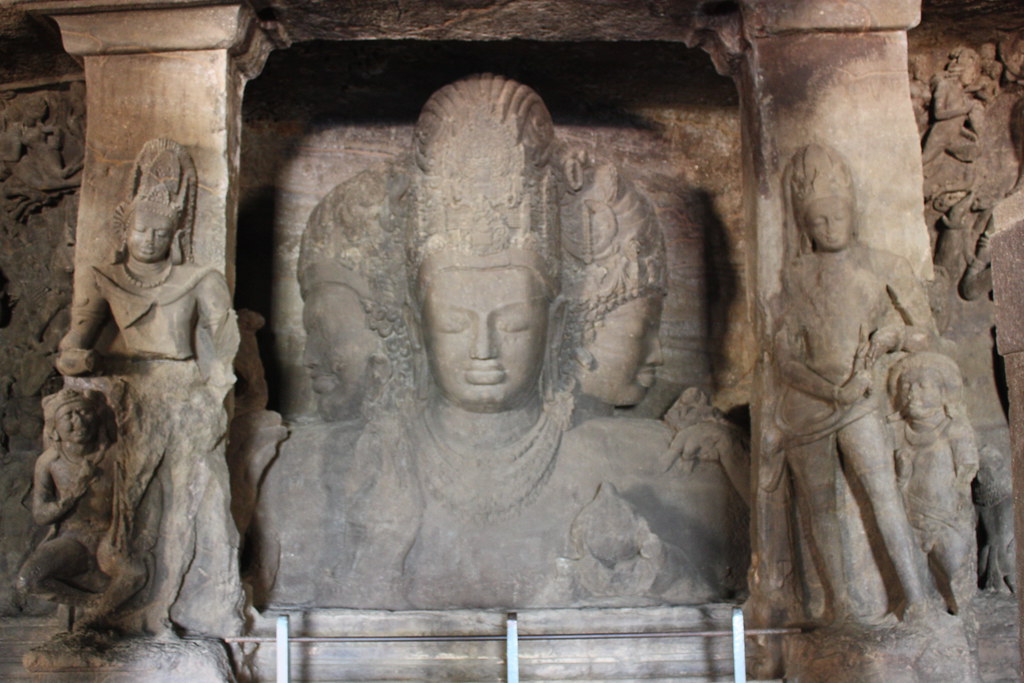 Cave Sculptures of Gupta Dynasty
Cave Sculptures of Gupta Dynasty
The sculpture at Ellora Caves,
sculpture at Elephanta Caves and that of the Ajanta Caves are worth checking out. The earliest specimens of Gupta sculptures in a full-fledged early Gupta style are from Vidisha and Udaigiri Caves in the state Madhya Pradesh, in the Mathura tradition.
 Temple Sculptures of Gupta Dynasty
Temple Sculptures of Gupta Dynasty
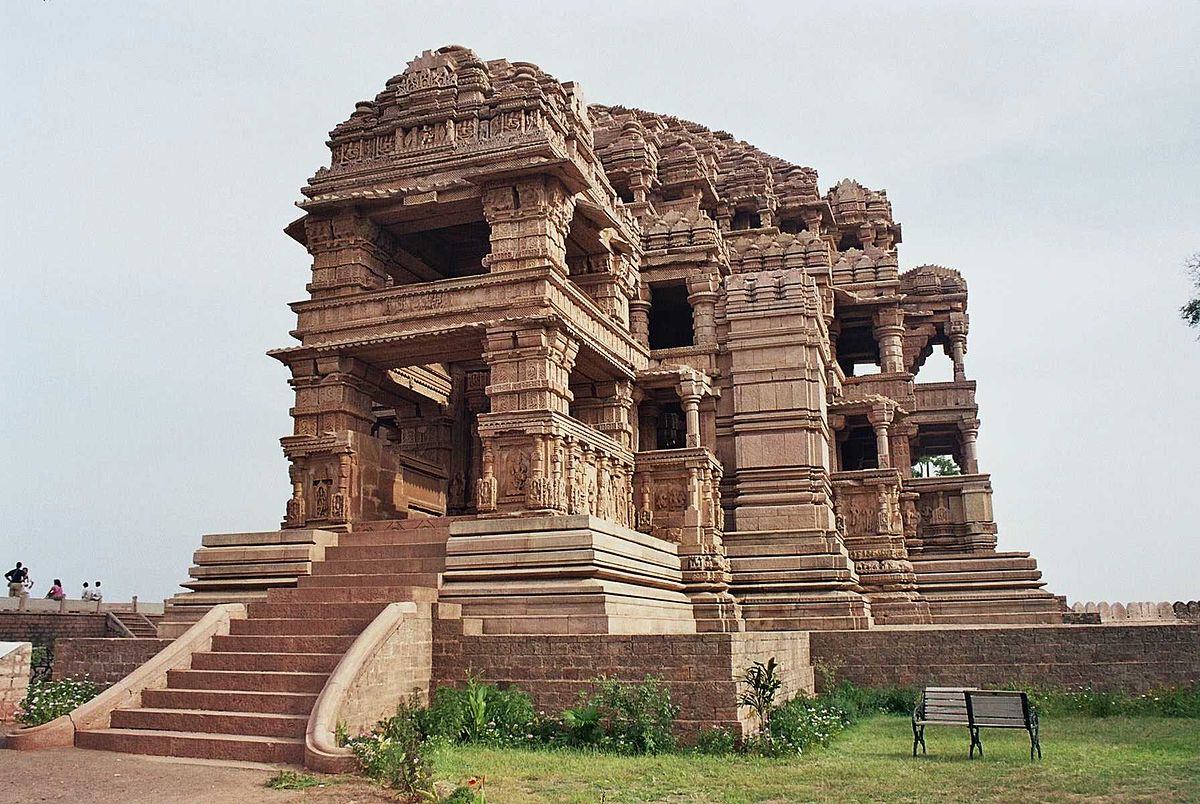 Buddhist and
Buddhist and
Jain temples in India were erected throughout the empire and the more intricate images of the Mahayana pantheon came into being.
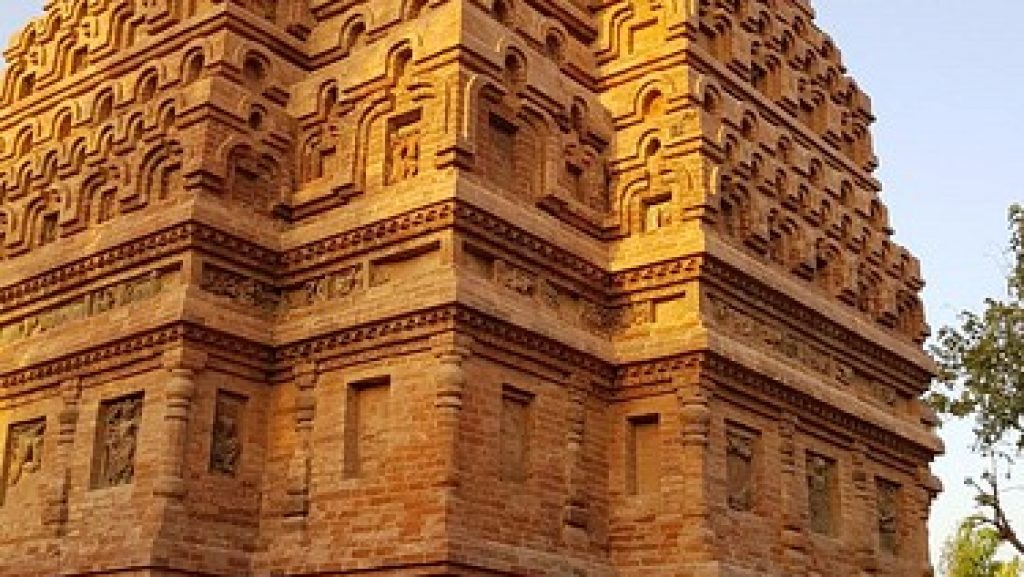 The temples had sculptural elements like the 'Nagas' and the 'Yakshas' were substituted as independent cult images by
The temples had sculptural elements like the 'Nagas' and the 'Yakshas' were substituted as independent cult images by
the Gods and Goddesses of the two great theistic cults.
Other than these the sculpture of Dashavatara Temple(Deogarh),
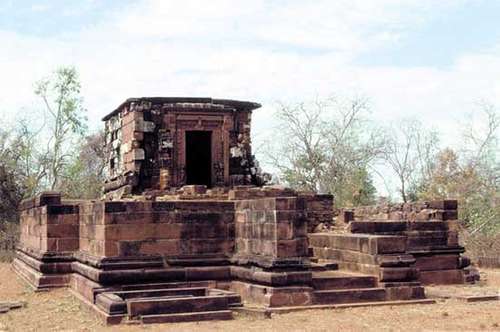 sculpture of Bhitaragaon Temple, Vaishnavite Tigawa Temple at Jabalpur in Madhya Pradesh state and others are also some of the examples of Gupta sculptures.
sculpture of Bhitaragaon Temple, Vaishnavite Tigawa Temple at Jabalpur in Madhya Pradesh state and others are also some of the examples of Gupta sculptures.
The other architectural marvels during the Gupta period comprise the sculpture of Parvati Temple (Nachana), sculpture of
Shiva Temple (Bhumara) and sculpture of Vishnu Temple (Tigawa).
The 'Standing Buddha of Sarnath' and the 'Sitting Buddha of Mathura' in Uttar Pradesh are also immensely notable specimens of sculptural wonders, during the Gupta age.
Read more : Gupta Sculptures in India

 The Elephanta Cave temples and the structural temples at Kanchipuram in the state of TamilNadu are the enduring legacy of Gupta rulers.
The Elephanta Cave temples and the structural temples at Kanchipuram in the state of TamilNadu are the enduring legacy of Gupta rulers. Features of Gupta sculptures :
Features of Gupta sculptures :Some 'Nagarajas' and 'Naginis' from the apex of a disappeared pillar in Firozpur, a few miles away, have visibly extended serpent hoods; they and another pair in the Sand Museum are very much built in the Udaigiri style. Other than these, the terracotta in Gupta Era is also worth mentioning.

Sculpture of rock-cut temples belonging to the post-Gupta period is of equal importance. The art and architecture of the Gupta Empire also included the Secular Architecture during Gupta Period, Buddhist Structural buildings of Gupta Era and also the Brahmanical Architecture of Gupta Era.
 Cave Sculptures of Gupta Dynasty
Cave Sculptures of Gupta DynastyThe sculpture at Ellora Caves,
sculpture at Elephanta Caves and that of the Ajanta Caves are worth checking out. The earliest specimens of Gupta sculptures in a full-fledged early Gupta style are from Vidisha and Udaigiri Caves in the state Madhya Pradesh, in the Mathura tradition.
 Temple Sculptures of Gupta Dynasty
Temple Sculptures of Gupta Dynasty Buddhist and
Buddhist andJain temples in India were erected throughout the empire and the more intricate images of the Mahayana pantheon came into being.
 The temples had sculptural elements like the 'Nagas' and the 'Yakshas' were substituted as independent cult images by
The temples had sculptural elements like the 'Nagas' and the 'Yakshas' were substituted as independent cult images bythe Gods and Goddesses of the two great theistic cults.
Other than these the sculpture of Dashavatara Temple(Deogarh),
 sculpture of Bhitaragaon Temple, Vaishnavite Tigawa Temple at Jabalpur in Madhya Pradesh state and others are also some of the examples of Gupta sculptures.
sculpture of Bhitaragaon Temple, Vaishnavite Tigawa Temple at Jabalpur in Madhya Pradesh state and others are also some of the examples of Gupta sculptures.The other architectural marvels during the Gupta period comprise the sculpture of Parvati Temple (Nachana), sculpture of
Shiva Temple (Bhumara) and sculpture of Vishnu Temple (Tigawa).
The 'Standing Buddha of Sarnath' and the 'Sitting Buddha of Mathura' in Uttar Pradesh are also immensely notable specimens of sculptural wonders, during the Gupta age.
Read more : Gupta Sculptures in India
